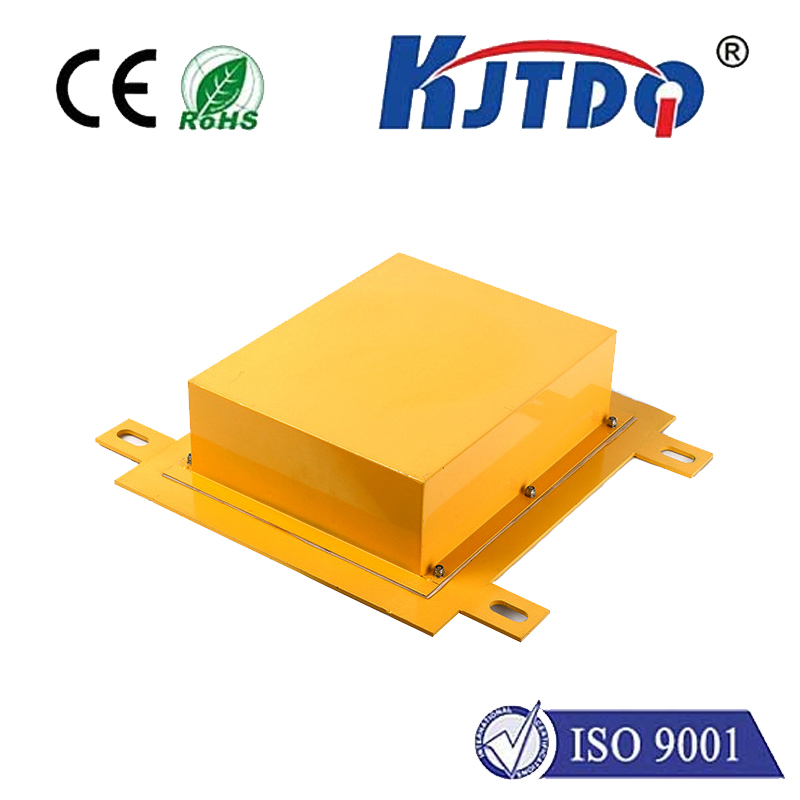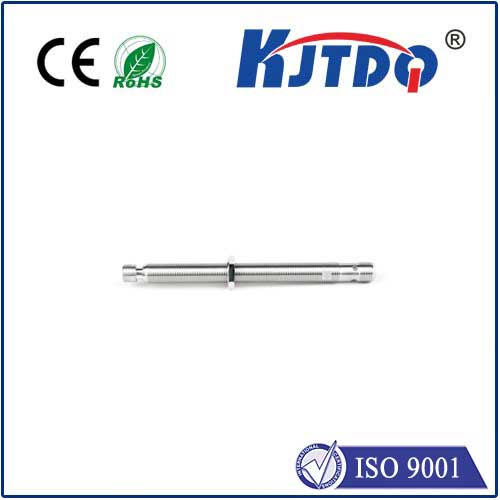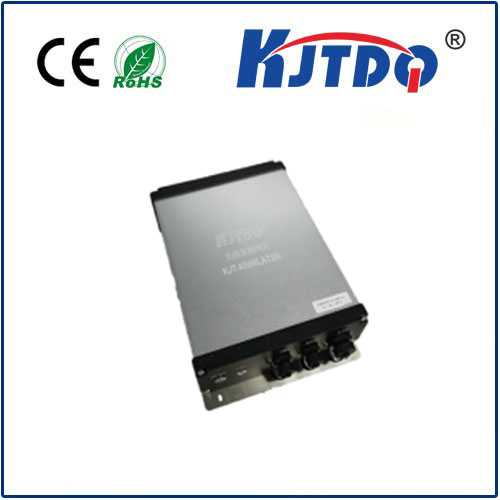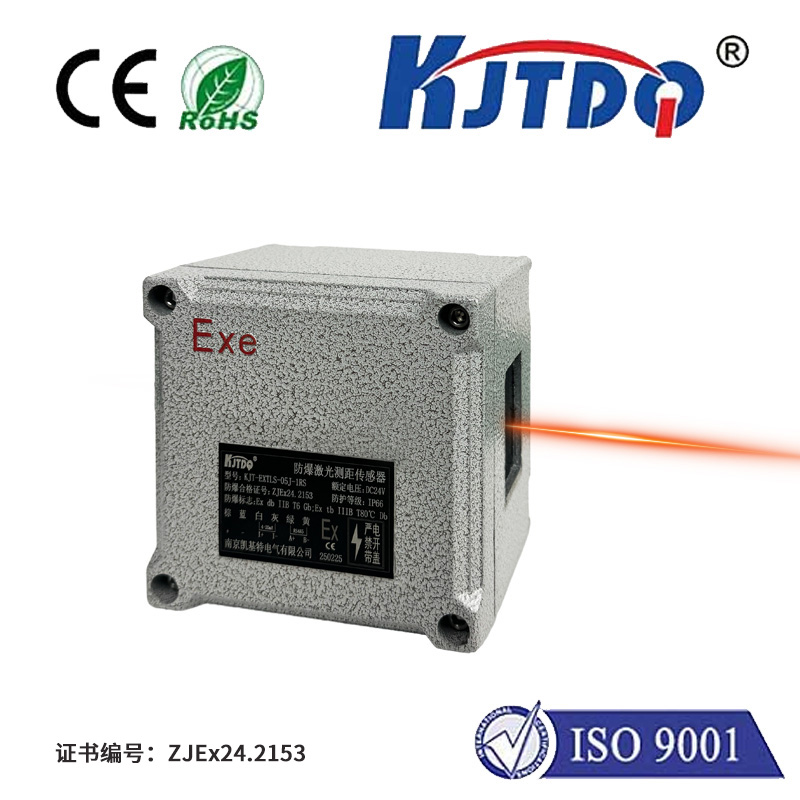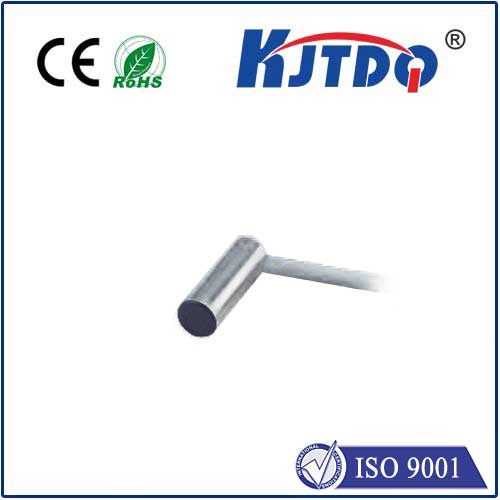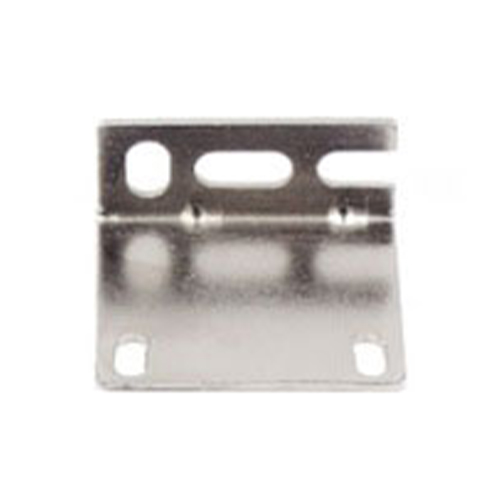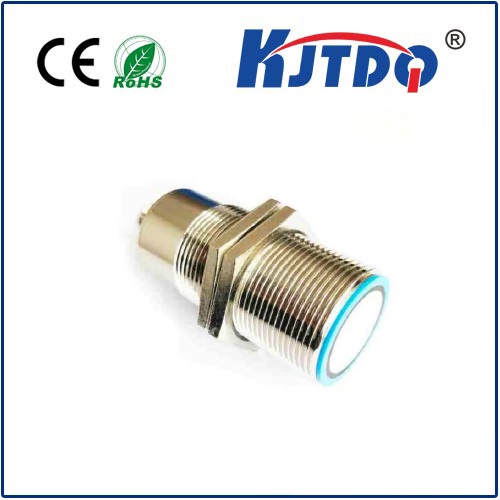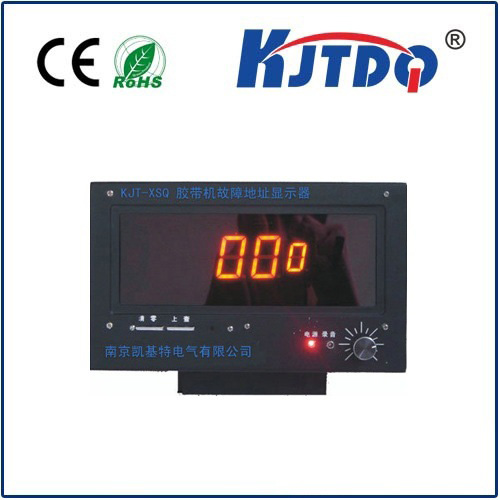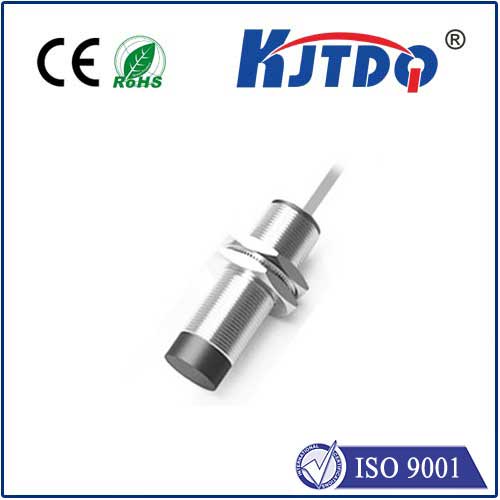p&f proximity sensor
- time:2025-07-02 03:31:10
- Click:0
P&F Proximity Sensors: The Unsung Heroes of Industrial Automation & Sensing
Imagine a high-speed bottling line where containers zip past filling stations in a blur. How does the system flawlessly detect each bottle’s presence without physical contact, triggering precise filling only when needed? Or picture the critical positioning within heavy machinery – how is alignment confirmed with absolute reliability, deep within a greasy, vibrating environment? The answer often lies in a remarkably robust component: the P&F proximity sensor. More than just a simple switch, a P&F proximity sensor represents a blend of German engineering precision, exceptional durability, and unwavering reliability, designed for the demanding realities of modern industry.
Understanding P&F: A Legacy of Reliability
P&F, or Pepperl+Fuchs, is a globally renowned leader in the field of industrial sensor technology and intrinsic safety. Founded decades ago, the company has built an unparalleled reputation for producing sensors that simply last. When you encounter a P&F proximity sensor, you’re not just getting a detection device; you’re investing in a component engineered to withstand harsh conditions – extreme temperatures, relentless vibration, corrosive chemicals, powerful electromagnetic interference, and exposure to dust and water (often boasting IP67, IP68, or IP69K ratings). This inherent ruggedness makes them the preferred choice in sectors where downtime is not an option and sensor failure is catastrophic.
The Core Principle: Non-Contact Detection
At its heart, a proximity sensor, regardless of brand, performs a vital task: detecting the presence or absence of an object without requiring physical touch. P&F specializes in refining this technology to peak performance. The most common types used in industrial settings are:

- Inductive Proximity Sensors: These workhorses detect metallic objects (ferrous metals like iron and steel, and often non-ferrous metals like aluminum or copper depending on the sensor). They generate an electromagnetic field. When a metal target enters this field, it induces eddy currents within the target, causing a measurable change in the sensor’s internal oscillator. This change triggers the sensor’s output signal. P&F inductive sensors are renowned for their long sensing ranges, immunity to dirt and oil, and exceptional repeat accuracy, making them ideal for position sensing in machinery, part counting on conveyors, or confirming the state of clamps and cylinders.
- Capacitive Proximity Sensors: These sensors detect a much broader range of materials, including metals, plastics, glass, wood, liquids, powders, and granules. They operate by measuring changes in capacitance. The sensor’s face and the target act as two plates of a capacitor. As the target approaches, the capacitance increases. Once it crosses a threshold, the sensor switches its output. P&F capacitive sensors excel in applications requiring detection of non-metallic objects or level sensing of liquids and bulk materials, even through certain container walls, proving invaluable in food processing, chemical plants, and packaging.
- Magnetic Proximity Sensors (Reed Switches): While less common for general object detection, P&F also offers robust magnetic sensors. These detect the presence of a magnetic field, typically from a permanent magnet. They are often used to detect the position of pneumatic cylinders (where a magnet is embedded in the piston). P&F variants are prized for their simplicity, reliability in hazardous areas (due to lack of active electronics in some designs), and low power consumption.
Why Choose P&F? Beyond Basic Detection
Selecting a proximity sensor involves more than just picking a type. P&F elevates the standard through several critical differentiators:
- Unmatched Durability & Environmental Resistance: Engineered for extremes. P&F sensors are built from high-grade materials (stainless steel housings, specialized plastics) and sealed to withstand high-pressure washdowns, immersion, corrosive atmospheres, and significant shock and vibration. This translates directly to reduced maintenance costs and maximized uptime.
- Precision & Stability: Consistent and accurate detection is paramount. P&F sensors offer high repeatability, meaning they trigger at the exact same point repeatedly, even after millions of operations. They maintain performance across wide temperature ranges and are highly resistant to electrical noise interference common in industrial environments.
- Advanced Output Options & Connectivity: Beyond simple switching (NPN/PNP), P&F offers sensors with IO-Link communication. This transforms a simple switch into an intelligent device capable of transmitting diagnostic data (like operating hours, temperature, signal strength), enabling predictive maintenance and seamless integration into Industry 4.0 / IIoT architectures.
- Specialized Variants: P&F provides solutions for niche but critical applications, including:
- High-Temperature Sensors: For environments exceeding standard operating ranges (e.g., near furnaces, casting operations).
- Factor 1 Sensors: Designed for safe installation in hazardous areas where explosive atmospheres may be present.
- Welding-Resistant Sensors: Featuring special shielding and robust construction to survive the intense electromagnetic interference and spatter of welding processes.
- Analog Output Sensors: Providing a continuous distance signal, not just an on/off switch.
P&F Proximity Sensors in Action: Powering Diverse Industries
The versatility and robustness of P&F sensors make them indispensable across countless sectors:
- Automotive Manufacturing: Monitoring robotic arm positions, verifying part presence on assembly lines, controlling welding robots (using welding-resistant variants), detecting metal components in paint shops and pressing plants.
- Food & Beverage Processing: Detecting bottles/cans on conveyors, confirming fill levels in containers, sensing the presence of packaging materials (foil lids, plastic bottles), monitoring valve positions – all requiring washdown-proof (IP69K) designs.
- Material Handling & Logistics: Counting packages, detecting pallet positions, ensuring proper alignment in sorting systems, sensing the presence of goods on AGVs (Automated Guided Vehicles).
- Packaging Machinery: Verifying carton erection, detecting labels, monitoring film/web presence, ensuring precise cutting and sealing operations.
- Machine Tool & Metalworking: Confirming tool positions, detecting workpiece clamping, monitoring coolant levels, safeguarding automated loading/unloading systems.
- Chemical & Pharmaceutical: Monitoring valve states, detecting liquid levels in tanks (capacitive sensors), ensuring the integrity of mixing processes – often requiring chemical-resistant materials and hazardous area approvals.
Maximizing Performance & Longevity
To get the most out of your P&F proximity sensors:
- Select the Correct Type: Inductive for metal, capacitive for non-metal or level sensing. Consider sensing distance requirements.
- Choose the Right Housing & Connection: Factor in environmental conditions (IP rating), mounting constraints (threaded barrel, block style), and required cable/connector type.
- Consider Electrical Specifications: Match the operating voltage (DC or AC), output type (NPN, PNP, analog, IO-Link), and current rating to your control system.
- Ensure Proper Mounting and Alignment: Follow datasheet guidelines for distances and lateral offset. Secure mounting minimizes vibration impact.
- Leverage IO-Link Capabilities: If using IO-Link sensors, utilize the diagnostic data for proactive maintenance and process optimization. The ability to remotely monitor sensor health and even adjust parameters can transform maintenance strategies.
The Foundation for Reliable Automation
P&F proximity sensors are far more than simple switches. They are mission-critical components engineered to deliver uncompromising performance in the world’s toughest industrial environments. Their robust construction, exceptional sensing accuracy, and advanced features like IO-Link solidify their position as the backbone of reliable object detection and position feedback.
When precision, resilience, and long-term reliability are non-negotiable – whether on a fast-paced assembly line, inside a chemical reactor, or deep within a CNC machine – specifying a P&F proximity sensor is a strategic decision for minimizing downtime, optimizing processes, and ensuring the seamless flow of industrial automation. They are the silent sentinels, working tirelessly in the background, enabling efficiency and safety where it matters most.






